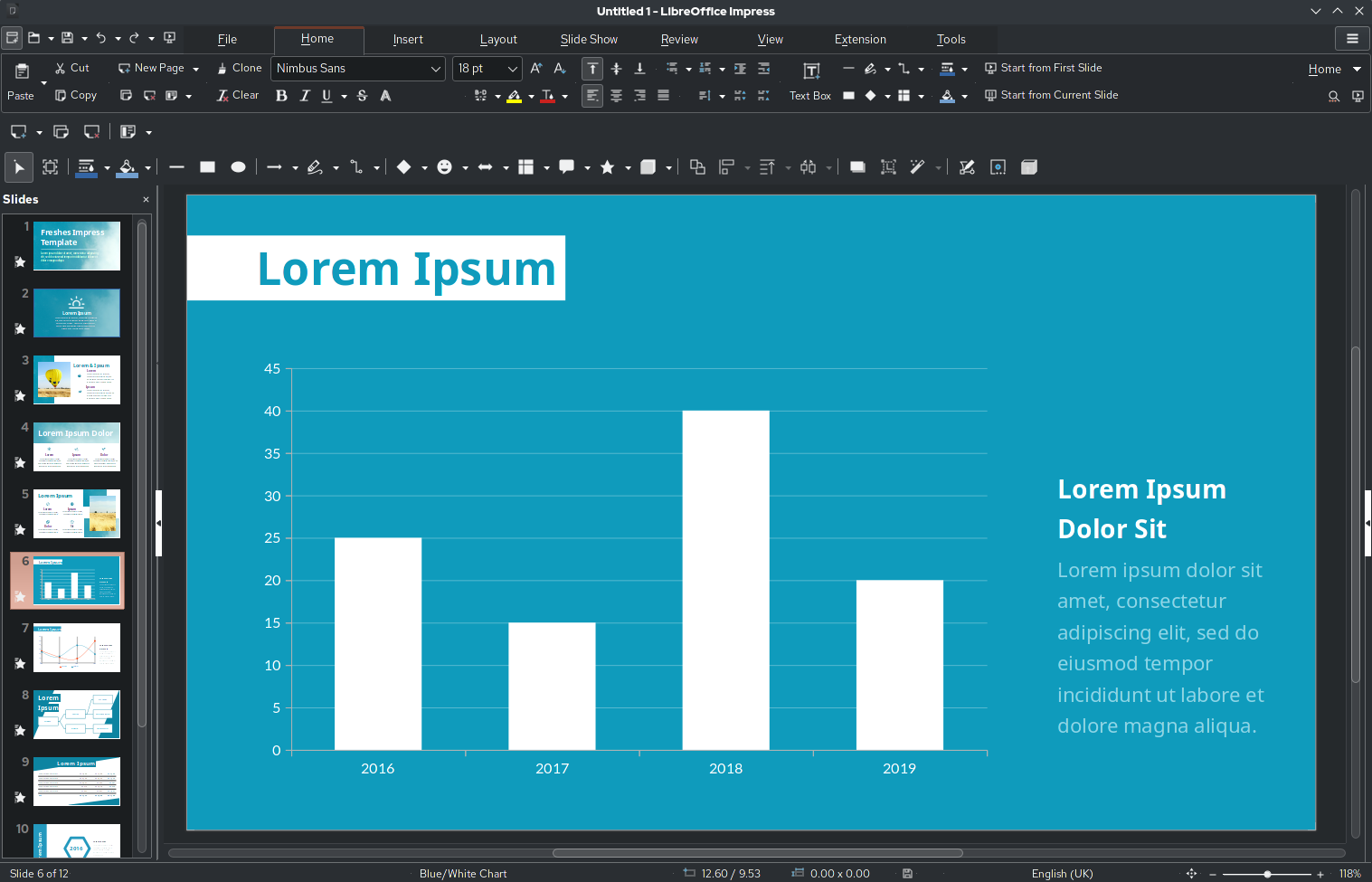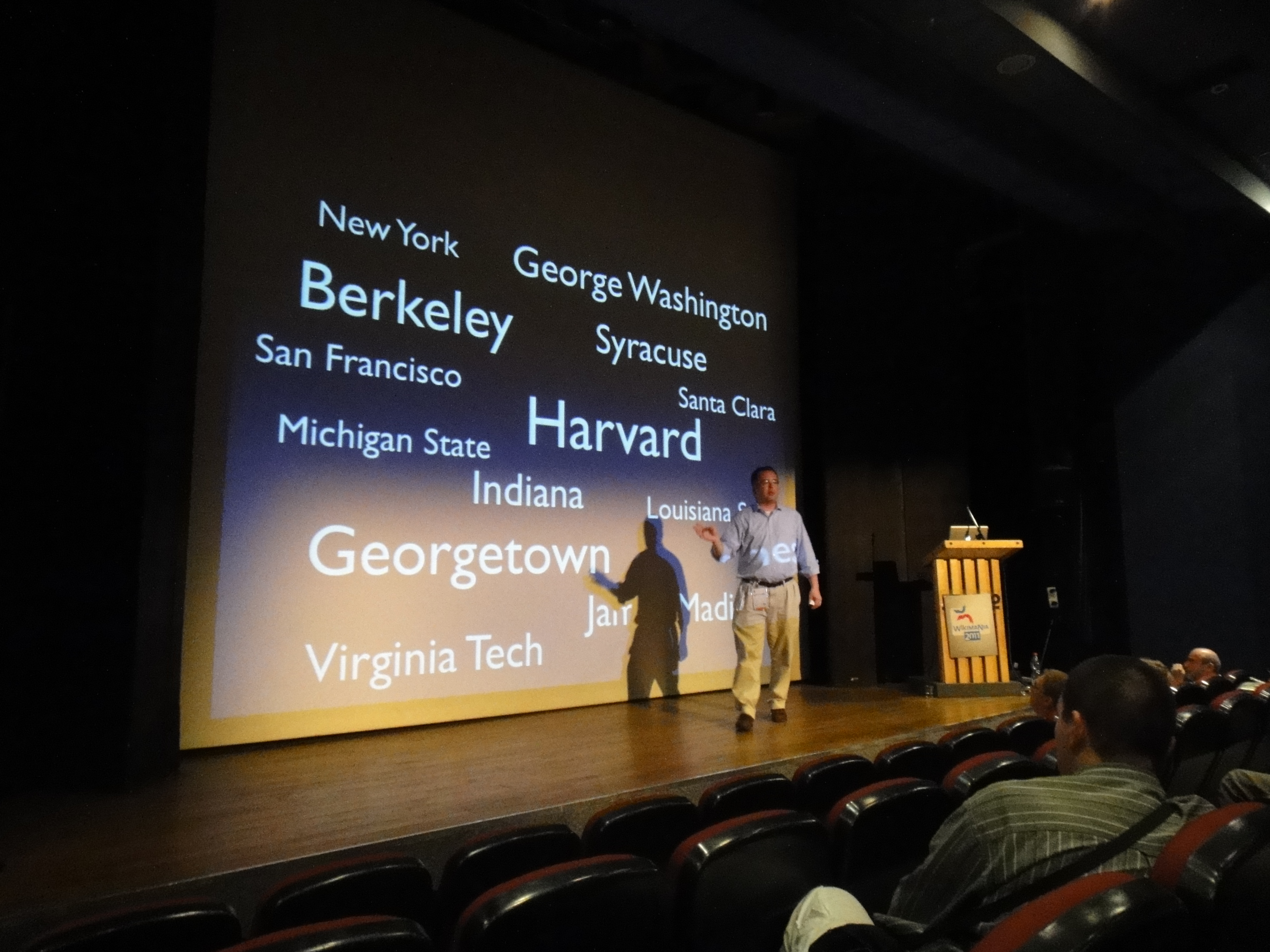|
Adobe Persuasion
Adobe Persuasion (formerly Aldus Persuasion) is a discontinued presentation program developed for the Macintosh platform by Aldus Corporation. After it was acquired by Adobe Systems in 1994, when the two companies merged, a Microsoft Windows version was released. Adobe discontinued production from September 1997. A key feature of Persuasion, which distinguished it from Microsoft PowerPoint at the time, was the use of an outline to represent the text content of the slides, which was immediately reflected on the slides (and vice versa). PowerPoint eventually provided an equivalent feature. Versions history * Aldus Persuasion 1.0. Made for Macintosh only. Created by Peter Polash in 1988. * Aldus Persuasion 2.0. Made for Macintosh in 1989 and for Windows in 1991. * Aldus Persuasion 2.x * Adobe Persuasion 3.0. Had both Mac and Windows versions, and was released in 1995. [...More Info...] [...Related Items...] OR: [Wikipedia] [Google] [Baidu] |
System 7 (Macintosh)
System 7, codenamed "Big Bang", and also known as Mac OS 7, is a graphical user interface-based operating system for Macintosh computers and is part of the classic Mac OS series of operating systems. It was introduced on May 13, 1991, by Apple Computer It succeeded System 6, and was the main Macintosh operating system until it was succeeded by Mac OS 8 in 1997. Current for more than six years, System 7 was the longest-lived major version series of the classic Macintosh operating system (to date, only Mac OS X had a longer lifespan). Features added with the System 7 release included virtual memory, personal file sharing, QuickTime, QuickDraw 3D, and an improved user interface. With the release of version 7.6 in 1997, Apple officially renamed the operating system "Mac OS", a name that had first appeared on System 7.5.1's boot screen. System 7 was developed for Macs that used the Motorola 680x0 line of processors, but was ported to the PowerPC after Apple adopted the new processor i ... [...More Info...] [...Related Items...] OR: [Wikipedia] [Google] [Baidu] |
Microsoft PowerPoint
Microsoft PowerPoint is a presentation program, created by Robert Gaskins and Dennis Austin at a software company named Forethought, Inc. It was released on April 20, 1987, initially for Macintosh computers only. Microsoft acquired PowerPoint for about $14 million three months after it appeared. This was Microsoft's first significant acquisition, and Microsoft set up a new business unit for PowerPoint in Silicon Valley where Forethought had been located. PowerPoint became a component of the Microsoft Office suite, first offered in 1989 for Macintosh and in 1990 for Windows, which bundled several Microsoft apps. Beginning with PowerPoint 4.0 (1994), PowerPoint was integrated into Microsoft Office development, and adopted shared common components and a converged user interface. PowerPoint's market share was very small at first, prior to introducing a version for Microsoft Windows, but grew rapidly with the growth of Windows and of Office. Since the late 1990s, PowerPoint ... [...More Info...] [...Related Items...] OR: [Wikipedia] [Google] [Baidu] |
Technical Communication Tools
Technical communication is used to convey scientific, engineering, or other technical information. Individuals in a variety of contexts and with varied professional credentials engage in technical communication. Some individuals are designated as technical communicators or technical writers. These individuals use a set of methods to research, document, and present technical processes or products. Technical communicators may put the information they capture into paper documents, web pages, computer-based training, digitally stored text, audio, video, and other media. The Society for Technical Communication defines the field as any form of communication that focuses on technical or specialized topics, communicates specifically by using technology, or provides instructions on how to do something.What is Technical Communicatio ... [...More Info...] [...Related Items...] OR: [Wikipedia] [Google] [Baidu] |
Presentation Software
A computing, a presentation program (also called presentation software) is a software package used to display information in the form of a slide show. It has three major functions: * an editor that allows text to be inserted and formatted * a method for inserting and manipulating graphic images and media clips * a slide-show system to display the content Presentation software can be viewed as enabling a functionally-specific category of electronic media, with its own distinct culture and practices as compared to traditional presentation media (such as blackboards, whiteboards and flip charts). Presentations in this mode of delivery have become pervasive in many aspects of business communication, especially in business planning, as well as in academic-conference and professional conference settings, and in the knowledge economy generally, where ideas are a primary work output. Presentations may also feature prominently in political settings, especially in workplace politic ... [...More Info...] [...Related Items...] OR: [Wikipedia] [Google] [Baidu] |
Presentation Software For Windows
A presentation conveys information from a speaker to an audience. Presentations are typically demonstrations, introduction, lecture, or speech meant to inform, persuade, inspire, motivate, build goodwill, or present a new idea/product. Presentations usually require preparation, organization, event planning, writing, use of visual aids, dealing with stress, and answering questions. “The key elements of a presentation consists of presenter, audience, message, reaction and method to deliver speech for organizational success in an effective manner.” Presentations are widely used in tertiary work settings such as accountants giving a detailed report of a company's financials or an entrepreneur pitching their venture idea to investors. The term can also be used for a formal or ritualized introduction or offering, as with the presentation of a debutante. Presentations in certain formats are also known as keynote address. Interactive presentations, in which the audience is involve ... [...More Info...] [...Related Items...] OR: [Wikipedia] [Google] [Baidu] |
Classic Mac OS Software
A classic is an outstanding example of a particular style; something of lasting worth or with a timeless quality; of the first or highest quality, class, or rank – something that exemplifies its class. The word can be an adjective (a ''classic'' car) or a noun (a ''classic'' of English literature). It denotes a particular quality in art, architecture, literature, design, technology, or other cultural artifacts. In commerce, products are named 'classic' to denote a long-standing popular version or model, to distinguish it from a newer variety. ''Classic'' is used to describe many major, long-standing sporting events. Colloquially, an everyday occurrence (e.g. a joke or mishap) may be described in some dialects of English as 'an absolute classic'. "Classic" should not be confused with ''classical'', which refers specifically to certain cultural styles, especially in music and architecture: styles generally taking inspiration from the Classical tradition, hence classicism. ... [...More Info...] [...Related Items...] OR: [Wikipedia] [Google] [Baidu] |
Adobe Type Manager
Adobe Type Manager (ATM) was the name of a family of computer programs created and marketed by Adobe Systems for use with their PostScript Type 1 fonts. The last release was Adobe ATM Light 4.1.2, per Adobe's FTP (at the time). Modern operating systems such as Windows and MacOS have built-in support for PostScript fonts, eliminating the need for Adobe's 3rd party utility. Apple Macintosh The original ATM was created for the Apple Macintosh computer platform to scale PostScript Type 1 fonts for the computer monitor, and for printing to non-PostScript printers. Mac Type 1 fonts come with screen fonts set to display at certain point sizes only. In Macintosh operating systems prior to Mac OS X, Type 1 fonts set at other sizes would appear jagged on the monitor. ATM allowed Type 1 fonts to appear smooth at any point size, and to print well to non-PostScript devices. Around 1996, Adobe expanded ATM into a font-management program called ATM Deluxe; the original ATM was renamed ATM Lig ... [...More Info...] [...Related Items...] OR: [Wikipedia] [Google] [Baidu] |
Acrobat Reader
Adobe Acrobat is a family of application software and Web services developed by Adobe Inc. to view, create, manipulate, print and manage Portable Document Format (PDF) files. The family comprises Acrobat Reader (formerly Reader), Acrobat (formerly Exchange) and Acrobat.com. The basic Acrobat Reader, available for several desktop and mobile platforms, is freeware; it supports viewing, printing and annotating of PDF files. Additional, "Premium", services are available on paid subscription. The commercial proprietary Acrobat, available for Microsoft Windows and macOS only, can also create, edit, convert, digitally sign, encrypt, export and publish PDF files. Acrobat.com complements the family with a variety of enterprise content management and file hosting services. Purpose The main function of Adobe Acrobat is creating, viewing, and editing PDF documents. It can import popular document and image formats and save them as PDF. It is also possible to import a scanner's output, a ... [...More Info...] [...Related Items...] OR: [Wikipedia] [Google] [Baidu] |
Adobe Acrobat Distiller
Adobe Acrobat Distiller is a software application for converting documents from PostScript format to Adobe PDF (Portable Document Format), the native format of the Adobe Acrobat family of products. It was first shipped as a component of Acrobat in 1993. Acrobat 4, in 1999, added preset configuration files to Distiller, and Acrobat 5, in 2001, added improved color management. Originally a separate application, Distiller eventually became incorporated into a printer driver for creating PDF files that preserved the printed appearance of documents from other applications. A related Adobe product, Acrobat Distiller Server, was released in 2000 and provided the ability to perform high-volume conversion of PostScript to PDF formats through a centralized client-server architecture. In 2013, Distiller Server was discontinued in favor of the PDF Generator component of Adobe LiveCycle Adobe LiveCycle Enterprise Suite (ES4) is a service-oriented architecture Java EE server software product ... [...More Info...] [...Related Items...] OR: [Wikipedia] [Google] [Baidu] |
Adobe Systems
Adobe Inc. ( ), originally called Adobe Systems Incorporated, is an American multinational computer software company incorporated in Delaware and headquartered in San Jose, California. It has historically specialized in software for the creation and publication of a wide range of content, including graphics, photography, illustration, animation, multimedia/video, motion pictures, and print. Its flagship products include Adobe Photoshop image editing software; Adobe Illustrator vector-based illustration software; Adobe Acrobat Reader and the Portable Document Format (PDF); and a host of tools primarily for audio-visual content creation, editing and publishing. Adobe offered a bundled solution of its products named Adobe Creative Suite, which evolved into a subscription software as a service (SaaS) offering named Adobe Creative Cloud. The company also expanded into digital marketing software and in 2021 was considered one of the top global leaders in Customer Experience Manageme ... [...More Info...] [...Related Items...] OR: [Wikipedia] [Google] [Baidu] |
Aldus Corporation
Aldus Corporation was an American software company best known for its pioneering desktop publishing (DTP) software. PageMaker, the company's most well-known product, ushered in the modern era of desktop computers such as the Macintosh seeing widespread use in the publishing industry. Paul Brainerd, the company's co-founder, coined the term ''desktop publishing'' to describe this paradigm. The company also originated the Tag Image File Format (TIFF) file format, widely used in the digital graphics profession. Aldus was founded by Brainerd (who also served as chairman of the company's board), Jeremy Jaech, Mark Sundstrom, Mike Templeman, and Dave Walter. It was founded in Seattle, Washington, in 1984 and was acquired by Adobe Systems a decade later. The company is named after 15th-century Venetian printer Aldus Manutius. History PageMaker was released in July 1985 and relied on Adobe's PostScript page description language. For output, it used the Apple LaserWriter, a PostScr ... [...More Info...] [...Related Items...] OR: [Wikipedia] [Google] [Baidu] |



